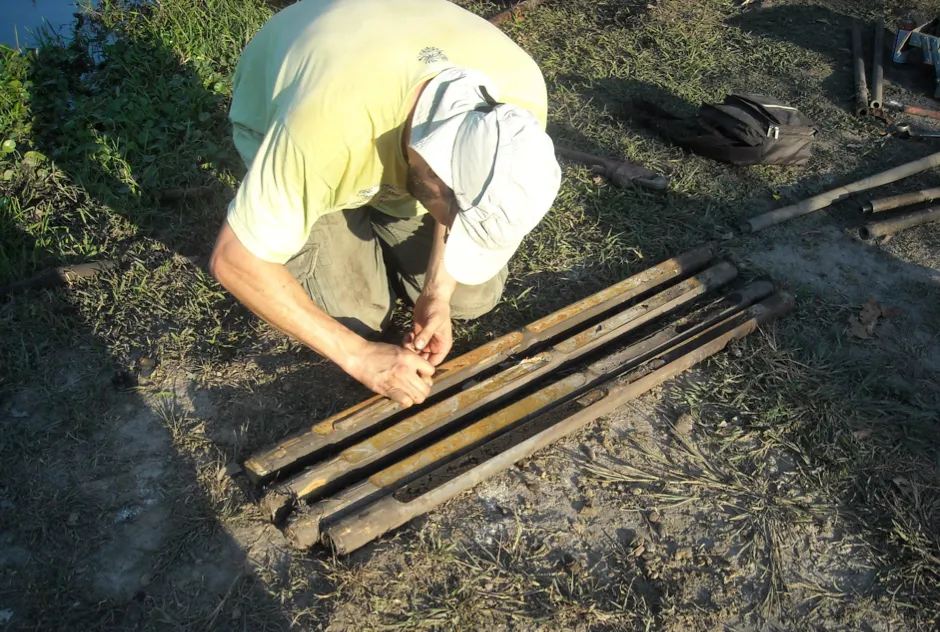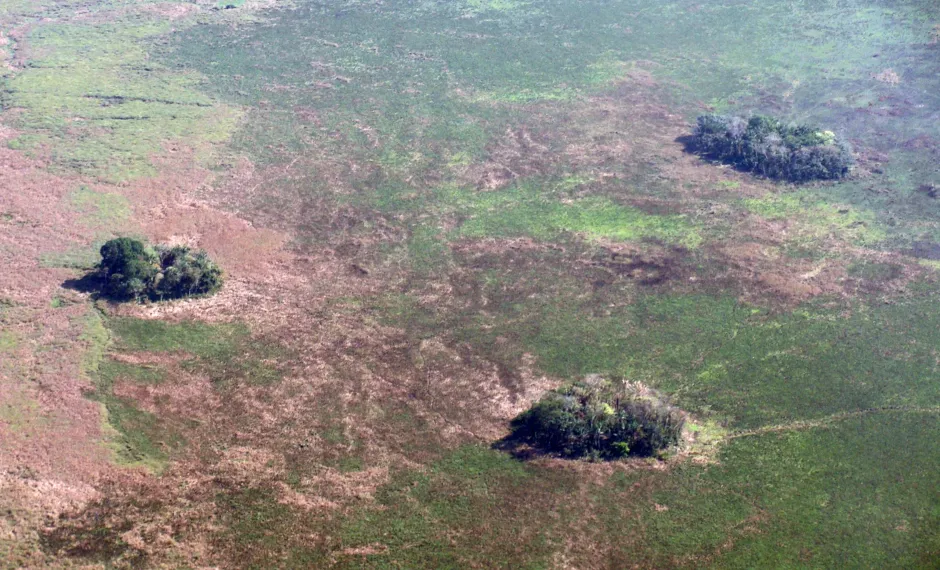Humans living in the Bolivian Amazon more than 10,000 years ago created thousands of “forest islands” while cultivating plants for food, scientists believe.
Researchers have found evidence that suggests people were taming carbohydrate-rich plants such as squash, maize and manioc while transforming the landscape they were inhabiting.
Their work led to the creation of 4,700 raised areas known as forest islands in what is now Llanos de Moxos in northern Bolivia, according to the study published in the journal Nature.
Based on their findings, scientists now believe south-western Amazonia to be the “fifth area” of the world where the earliest domestication of plants began, alongside China (rice), the Middle East (grains and pulses), Mesoamerica (maize, beans and squash) and the Andes (potatoes and quinoa).

Jose Iriarte, a professor of archaeology at the University of Exeter and one of the study authors, said: “Genetic and archaeological evidence suggests there were at least four areas of the world where humans domesticated plants around 11,000 years ago.”
He added: “This research helps us to prove South West Amazonia is likely the fifth.
“The evidence we have found shows the earliest inhabitants of the area were not just tropical hunter-gatherers, but colonisers who cultivated plants. This opens the door to suggest that they already ate a mixed diet when they arrived in the region.”
Read more human history:
- Early humans feasted on fish in the Sahara Desert 10,000 years ago
- Ancient baby bottles hold clues to prehistoric diet
- Unbeerlievable! Ancient Egyptian ale recreated from 5,000-year-old yeast
A tropical savannah of around 48,700 square miles, the Llanos de Moxos is located in the Beni Department of Bolivia in southwestern Amazonia.
An international team of researchers conducted a large scale analysis of 61 archaeological sites using remote sensing technology.
Samples were retrieved from 30 forest islands and archaeological excavations were carried out in four of them.
The team analysed phytoliths, tiny mineral particles that form inside plants, from the samples obtained during the excavations.

Based on the shape of the silica-based phytoliths, the researchers were able to identify the plants that were grown in the tropical forests.
They found evidence of manioc from 10,350 years ago, squash from 10,250 years ago and maize from 6,850 years ago.
The authors wrote: “Our results confirm the Llanos de Moxos as a hotspot for early plant cultivation, and demonstrate that ever since their arrival, humans have caused a profound alteration of Amazonian landscapes, with lasting repercussions for habitat heterogeneity and species conservation.”
Reader Q&A: Could humans evolve again from apes if we went extinct?
Asked by: Clare Ellis, Lancaster
Contrary to widespread belief, we didn’t evolve from apes, but both apes and humans evolved from a common ancestor that existed perhaps 10 million years ago (technically we still are apes).
But even if that common ancestor still existed, the fact that evolution is the result of both random mutation and a process of natural selection imposed by environmental conditions, means it’s highly unlikely that it would ever retrace its steps in quite the same way.
Read more:
